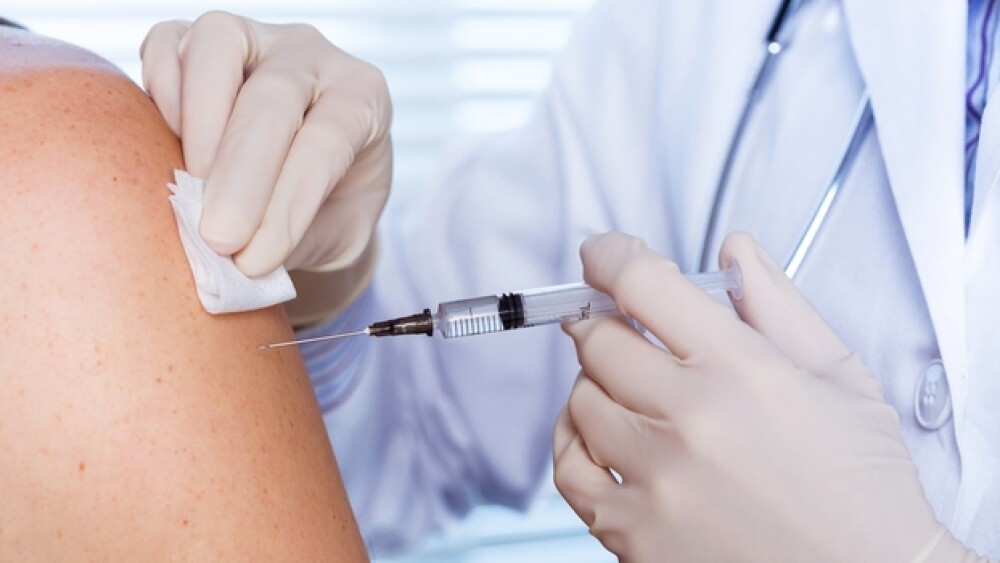Inside the U.S., the first clinical trial for a vaccine to the novel coronavirus that causes COVID-19 began today.
Inside the U.S., the first clinical trial for a vaccine to the novel coronavirus that causes COVID-19 began today. It is mRNA-1273, developed by Moderna with the National Institute of Allergy and Infectious Disease (NIAID). The product was shipped to NIAID on February 25.
mRNA-1273 is a mRNA vaccine that encodes for a prefusion stabilized form of the Spike (S) protein. It was chosen by Moderna researchers in collaboration with scientists at the NIAID Vaccine Research Center (VRC). Funding for the manufacture of the batch came from the Coalition for Epidemic Preparedness Innovations (CEPI).
The trial is being conducted at the Kaiser Permanente Washington Health Research Institute in Seattle. The first patient was dosed today. The trial will include 45 young, healthy volunteers who will receive different doses of the vaccine. Because the vaccine does not contain the actual virus, there is no possibility the participants will become infected from the vaccine. The goal of the test is to evaluate any safety issues and determine the appropriate dose to stimulate an effective immune response.
A number of other companies and institutions around the world are also working to develop a vaccine against the virus, including Inovio Pharmaceuticals, which expects to begin its trial at the University of Pennsylvania and at a testing center in Kansas City, Missouri next month.
Regeneron Pharmaceuticals and Sanofi have initiated a U.S. clinical trial of Kevzara (sarilumab) in COVID-19 patients who were hospitalized for severe illness. It will test 400 patients in about 16 sites in the U.S. Sarilumab is a human monoclonal antibody that inhibits interleukin-6 (IL-6), a proinflammatory cytokine. This is not a vaccine.
Gilead Sciences announced it was launching two Phase III clinical trials of its investigational antiviral drug remdesivir in adults diagnosed with COVID-19. This is also not a vaccine.
Gilead’s trials will evaluate two dosing durations of the drug, which is given intravenously. The randomized, open-label, multicenter studies will enroll about 1,000 patients mostly in Asia, as well as in countries that have had high numbers of diagnosed cases. The trials are planned to start in March.
These trials are on top of two clinical trials in China’s Hubei province led by the China-Japan Friendship Hospital and a recently launched trial in the U.S. led by the NIAID. Gilead donated the drug and provided scientific expertise for those trials. The China trial data is expected in April.
The companies are typically working to develop vaccines using different approaches, which will have different timelines of production and varying levels of potency. According to Fortune, some investigators are working on temporary vaccines that might provide a couple months’ worth of protection while longer-lasting vaccines are developed.
The typical timeline for vaccine development is 12 to 18 months. As such, a vaccine is unlikely to be developed in time to have an effect on the current pandemic, which began in January in China and has since spread around the world. Still, it has been noted that the current timeline by Moderna and other companies is unusually fast. Some of this is the result of newer technologies, while others are related to the pressing need to stem the spread of the virus.
One unusual aspect of the Moderna vaccine development to date is that, unlike most vaccine, it has not been first tested in laboratory animals.
“I don’t think proving this in an animal model is on the critical path to getting this to a clinical trial,” Tal Zaks, chief medical officer at Moderna, told STAT. He pointed out that National Institute of Health (NIH) scientists are “working on nonclinical research in parallel.”
“This is very unusual,” Akiko Iwasaki, a Yale University microbiologist, told STAT. “It reflects the urgency to develop vaccines to counter the COVID-19 pandemic.”
Aside from ethical issues over whether, even under emergency situations, it’s a good idea to put shortcuts in place, the technology Moderna is using is very new and largely untested. The company, which has numerous pipeline products, many of them vaccines, nonetheless has not taken a single product to market. The Moderna technology focuses on messenger RNA (mRNA). The mRNA is engineered to get the body to manufacture specific coronavirus-like proteins that stimulate the immune system to respond to the actual coronavirus.
A traditional vaccine uses a weakened virus or proteins from the surface of the virus to stimulate the immune system without making the patient sick.
One advantage to Moderna’s mRNA approach is the speed it can be developed. The virus was identified on January 7 and by January 13, NIH and Moderna researched had proposed an mRNA sequence for the vaccine, with, as it wrote in government documents, “we mobilized toward clinical manufacture.” By February 24 and 25, they were shipping the vaccine from a manufacturing facility in Norwood, Massachusetts to the NIAID in Bethesda, Maryland.
The vaccine has been tested on laboratory mice by NIAID researchers on the same day the trial started enrolling participants. Barney Graham, director of NIAID’s vaccine research center, told STAT that those mice had a similar immune response seen by a similar mRNA vaccine against MERS, another deadly coronavirus. “That level of immune response was sufficient to protect mice from MERS CoV infection,” Graham indicated.
Although the public and some government officials might be focused on a vaccine, it’s unlikely to be available any time soon.
Holly Fernandez Lynch, assistant professor of medical ethics at the University of Pennsylvania, told STAT, that if cutting corners could get the vaccine onto the market by June 2020, people would likely be interested. “If we’re talking about us getting a vaccine in June of 2021 rather than March of 2021, that’s a much more uncertain scenario. We shouldn’t delude ourselves into thinking that skipping over steps is going to get a vaccine into our hands by next week or next month.”





